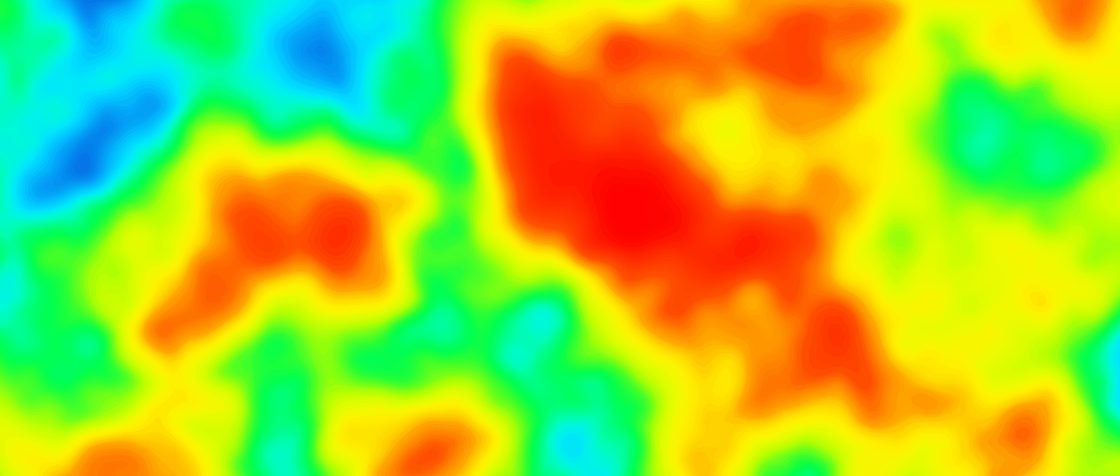
A team of researchers from UCLA has developed a cost-effective and scalable method to cool buildings during the summer and heat them in the winter.
“If we look at historical cities like Santorini in Greece or Jodhpur in India, we find that cooling buildings by making roofs and walls reflect sunlight has been practiced for centuries,” said Raman, head of the Raman Lab at UCLA Samueli School of Engineering. “In recent years there has been massive interest in cool roof coatings that reflect sunlight. But cooling walls and windows is a much more subtle and complex challenge.”
Facing this challenge, the team sought to develop a new method to manipulate the movement of radiant heat through common building materials to optimize thermal management. Heat may be dissipated from a building by radiant heat, which travels across the entire broadband spectrum at ground level between buildings and their environments. It can also move between buildings and the sky in a much narrower portion of the infrared spectrum called the atmospheric transmission window. The difference in how radiant heat travels between buildings and the sky versus the ground has been a challenge to cooling buildings with less skyward-facing surfaces.
Noting the efficacy of using super white paint on the roofs to reflect sunlight and radiate heat into the sky to cool buildings, the team sought to create a similar passive radiative cooling effect by coating walls and windows with materials that can better manage heat movement between buildings and their surroundings at ground level. They were able to demonstrate that materials capable of preferentially absorbing and emitting radiant heat within the atmospheric window could stay cooler than conventional building materials in the summer and warmer than they could during the winter.
“We were particularly excited when we found that materials like polypropylene, which we sourced from household plastics, can selectively radiate or absorb heat in the atmospheric window very effectively,” Raman said. “These materials border on the mundane, but the same scalability that makes them common also means that we could see them thermoregulating buildings in the near future.”
This new methodology can scale easily and could be especially impactful on low-income communities with limited or no access to cooling and heating systems. Raman and his team are exploring ways to demonstrate this effect at larger building scales and its real-world energy savings, particularly in heat-vulnerable communities in Southern California.
“The mechanism we proposed is completely passive, which makes it a sustainable way to cool and heat buildings with the seasons and yield untapped energy savings,” said Jyotirmoy Mandal, the study’s first author.
